Pressure Vessel Cleaning | JCT Machinery
 Nov 16,2024
Nov 16,2024

 JCT
JCT
Pressure Vessel Cleaning Steps
1. Turn Off Pressure Vessel and Vent the Air
Before starting to clean, make sure the pressure in the pressure vessel has been released and the equipment has been completely cooled. Use a safety exhaust valve to release the residual gas in the pressure vessel to prevent damage caused by high-pressure gas.
2. Remove Accessories
Remove the pipes, valves, agitators and other acccessories of pressure vessel. Removing accessories helps to thoroughly clean the inside of pressure vessel. Removing accessories helps to thoroughly clean the inside of pressure vessel and prevent the cleaning fluid from contaminating these parts.
3. Preliminary Cleaning
Preliminary rinse the outside of pressure vessel with a high-pressure water gun or clean water to remove visible dirt or residue on the outside. If there is residue inside pressure vessel, rinse it with clean water to help remove soluble impurities. For lighter contamination, rinse it gently with warm water.
4. Use Cleaning Agents
Select the appropriate cleaning agent according to the type of substance remaining inside pressure vessel.
- Alkaline cleaning agent: used to remove organic matter such as grease, oil, resin, etc.
- Acidic cleaning agent: used to remove inorganic and scaling substances (such as scale, calcium salts, etc.).
- Solvent cleaning agent: suitable for cleaning after organic solvent reactions.
After diluting the cleaning agent according to the specified ratio, pour it into pressure vessel and stir it with a stirrer to help the cleaning agent fully contact with the residue. Then flush it through the system and discharge the waste liquid.
5. High-pressure Water Flushing
Use a high-pressure water gun to flush the inside and outside of pressure vessel to help remove residual cleaning agent and other dissolved dirt. Made sure that every part of pressure vessel is thoroughly flushed if necessary, you can use hot water to flush it to improve the cleaning efficiency.
6. Drying
After cleaning, use clean compressed air to blow dry the pressure vessel to ensure that the moisture is completely removed. If conditions premit, pressure vessel can be heated to an appropriate temperature to accelerate the drying process and prevent corrosion caused by residual moisture.
7. Check the Cleaning Effect
After cleaning, carefully check whether there are any residual contaminants or cleaning agents in the pressure vessel. Thorough cleaning can be confirmed by visual inspection, smelling or sampling.
8. Assemble and Conduct a Test Run
After cleaning and drying, reassemble the pressure cessel's pipes, valves, agitators and other accessories. Make sure all joints are well sealed. Perform a short dry run or dry reaction test to check for any abnormalities and ensure that the pressure vessel can operate normally.
Precautions for Pressure Vessel Cleaning
- Choose Right Cleaning Agent: Different types of reactant residues require different types of cleaning agents. The wrong cleaning agent may cause corrosion or damage to the reactor material.
- Avoid Cleaning Agent Residue: Cleaning agent itself may cause harm to equipment, products or personnel, so make sure to rinse thoroughly to avoid any cleaning agent residue.
- Prevent Corrosion: Make sure the cleaning agent used will not corrode the pressure vessel material, especially the stainless steel material commonly used in pressure vessel.
- Check Safety: Make sure all valves, pipes and other accessories are properly closed during the cleaning process to avoid leakage or safety problems during the cleaning process.
- Use Appropriate Tools: Use appropriate brushed, cleaning tools or high-pressure water guns to avoid damaging the inner wall of pressure vessel or other sensitive parts.


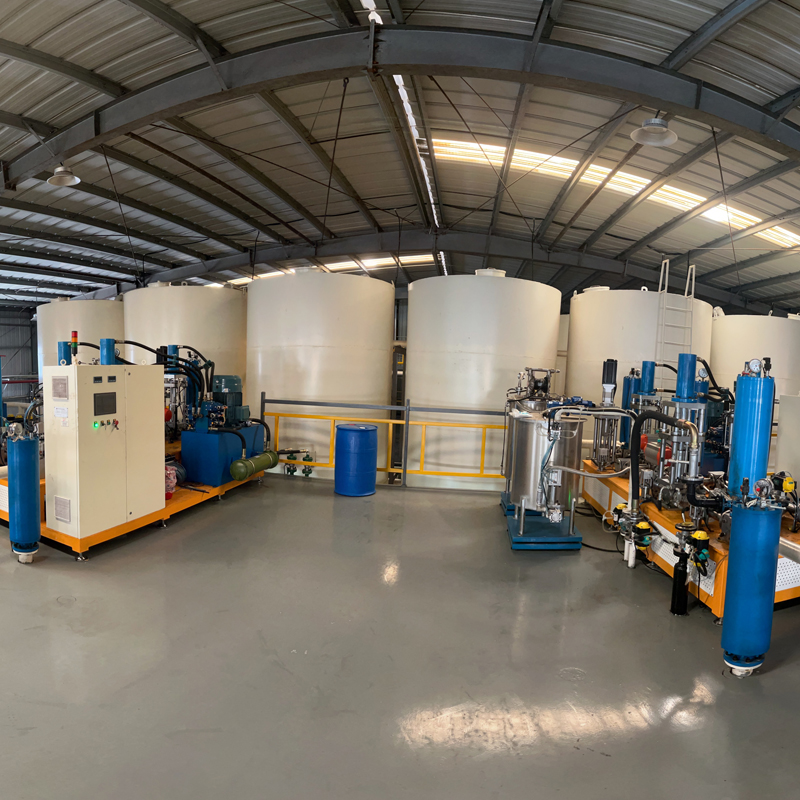
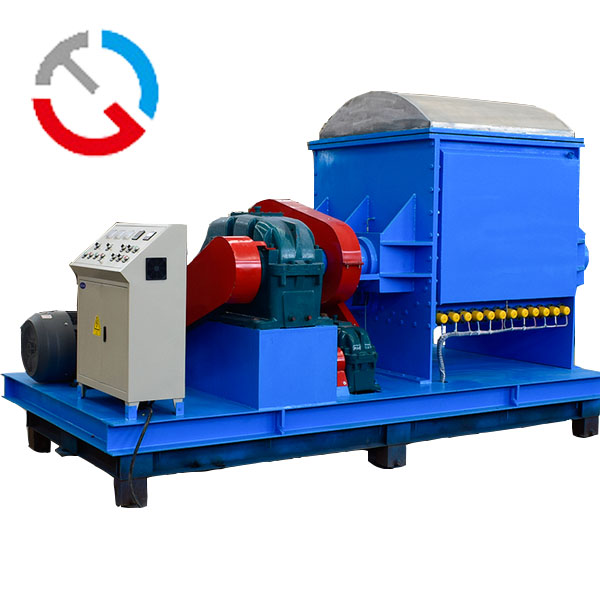
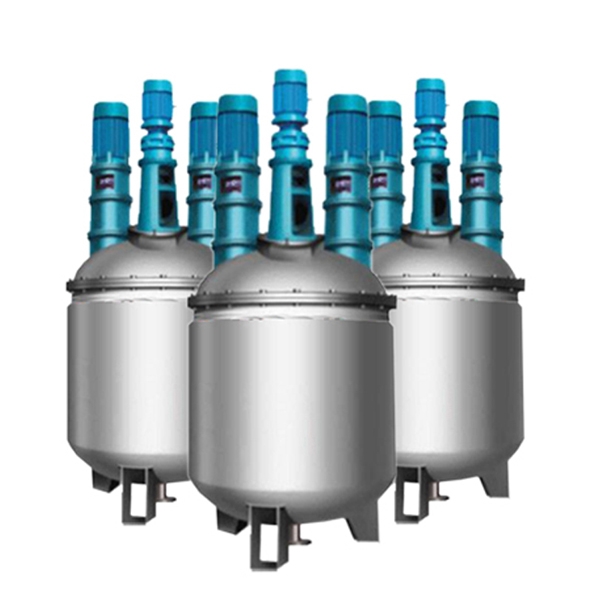
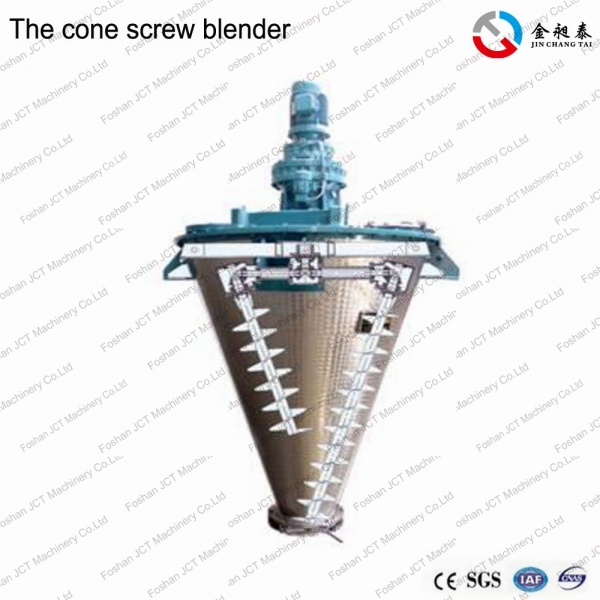


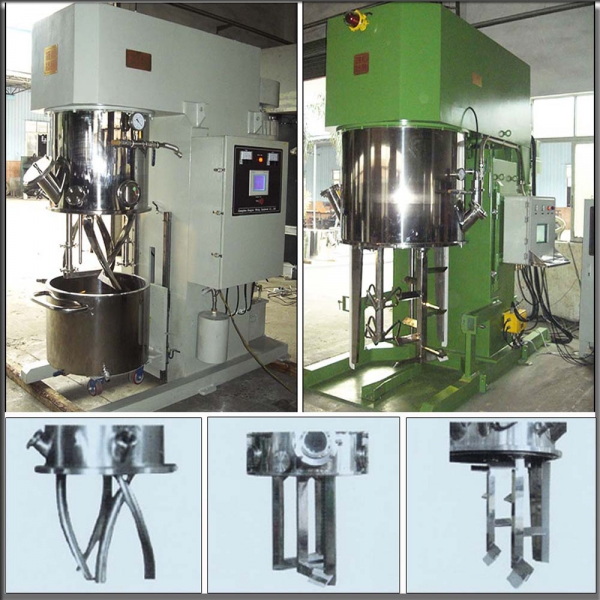





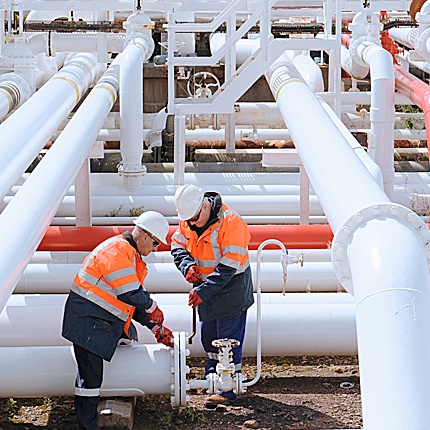

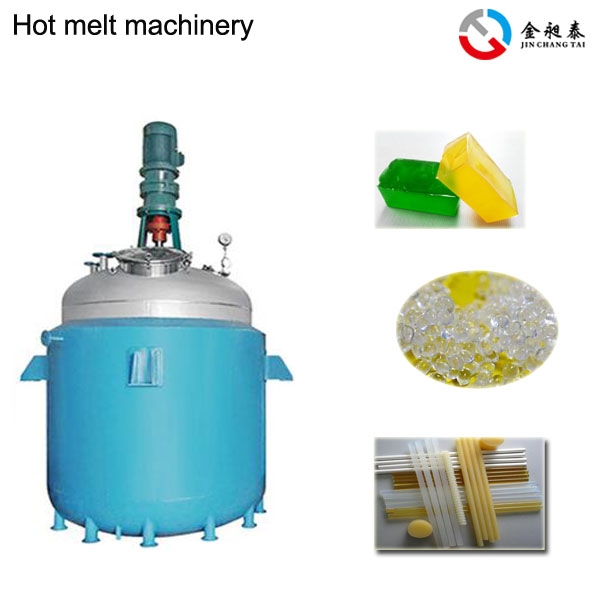
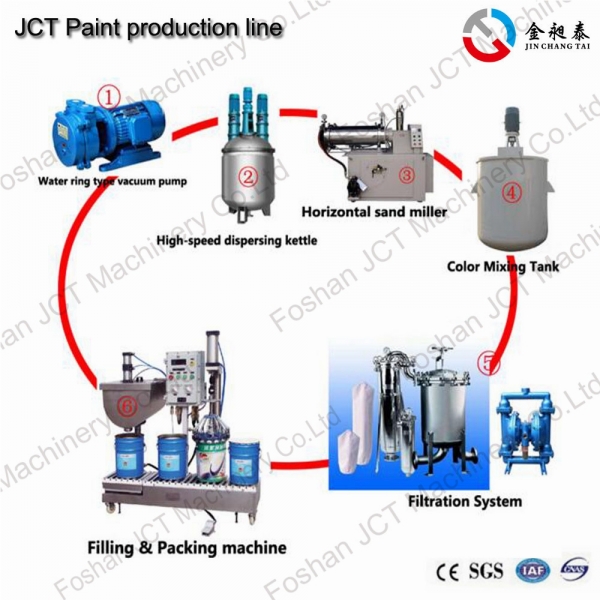
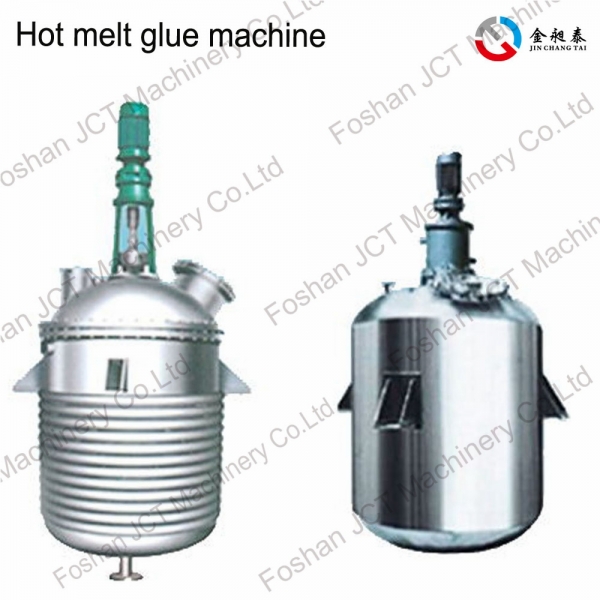
 CN
CN
 HOME
HOME
 Silicone Sealant Sausage And Cartridge Filling Machine | JCT Machinery
Silicone Sealant Sausage And Cartridge Filling Machine | JCT Machinery  You May Also Like
You May Also Like
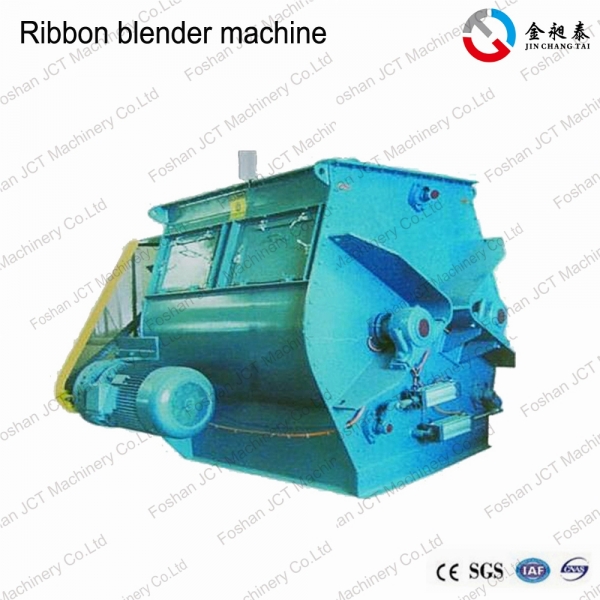

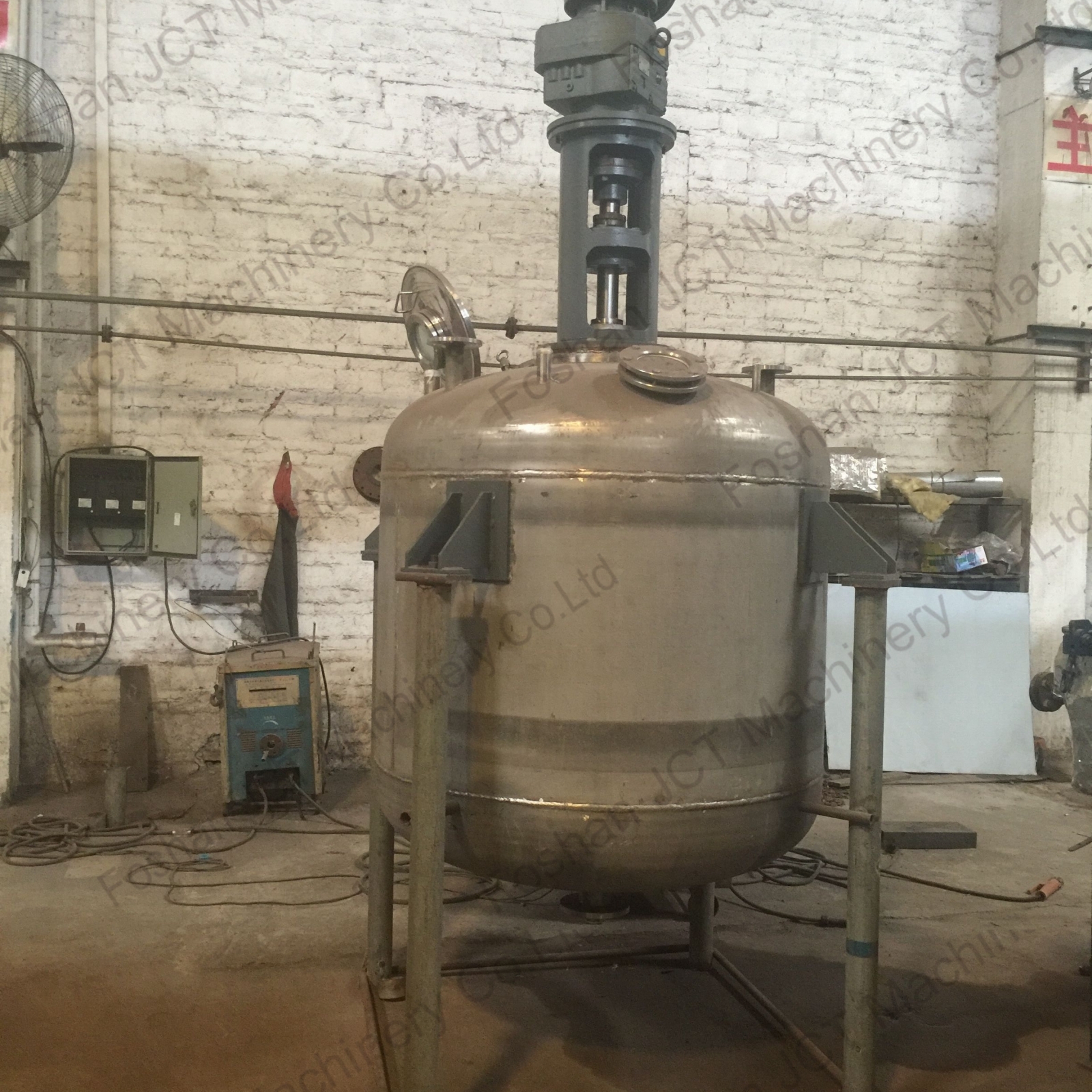
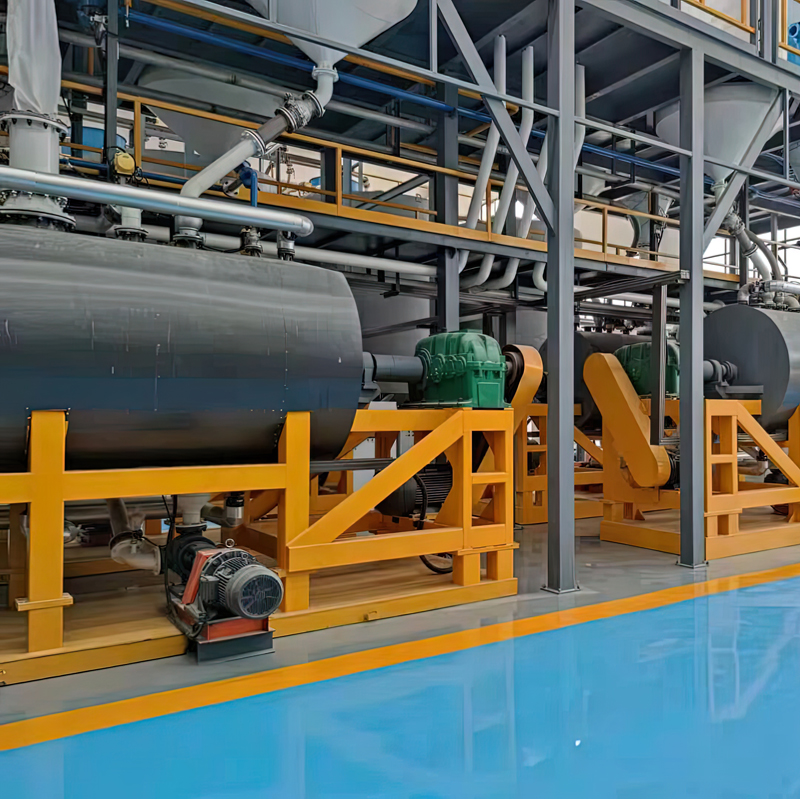

 Tel
Tel
 Email
Email
 Address
Address










